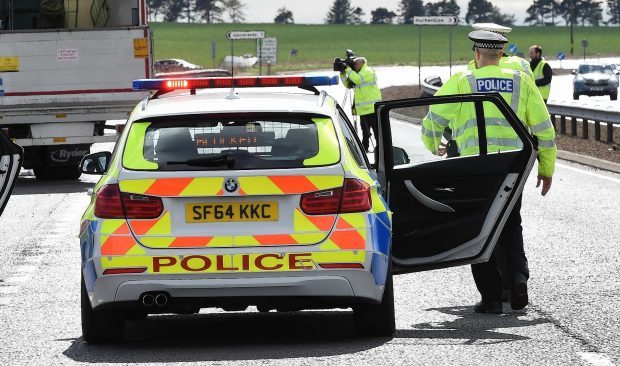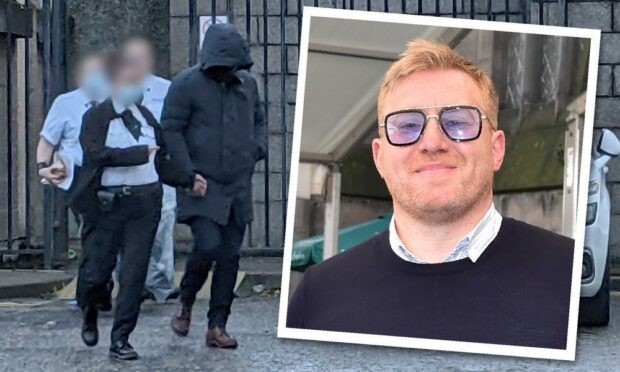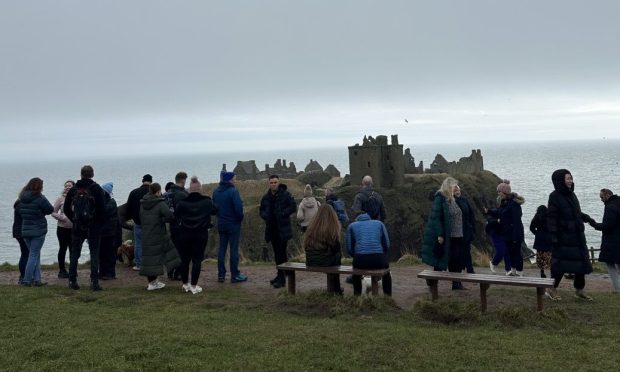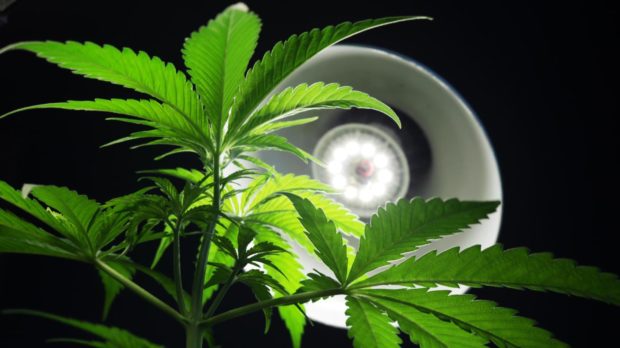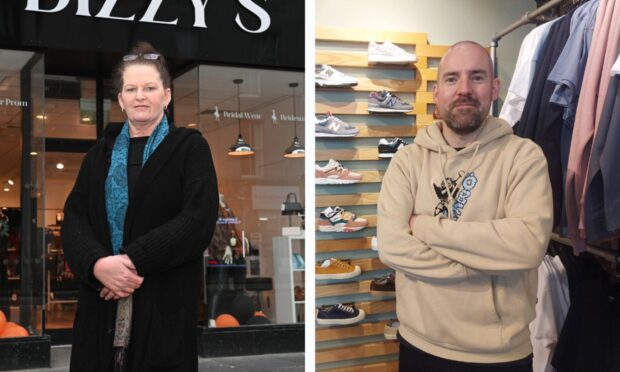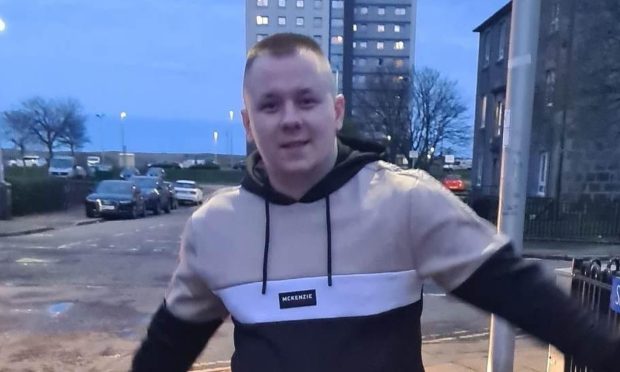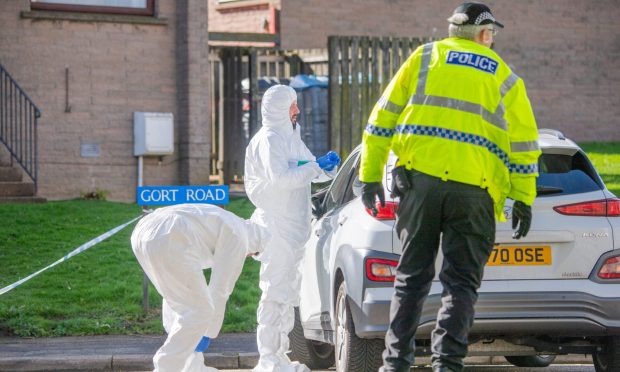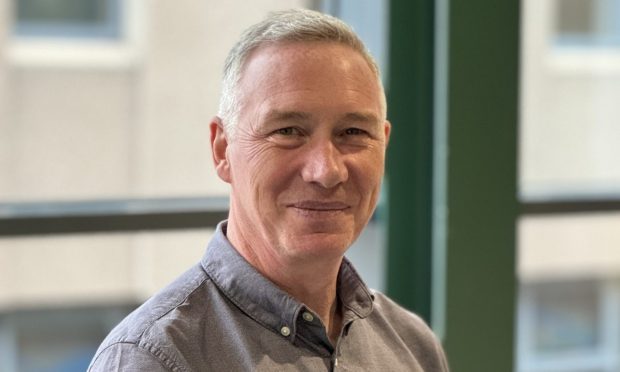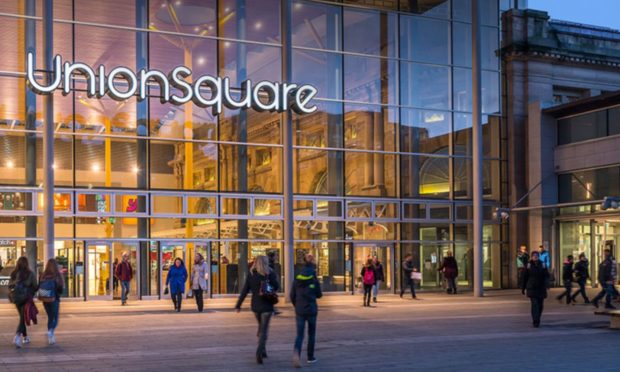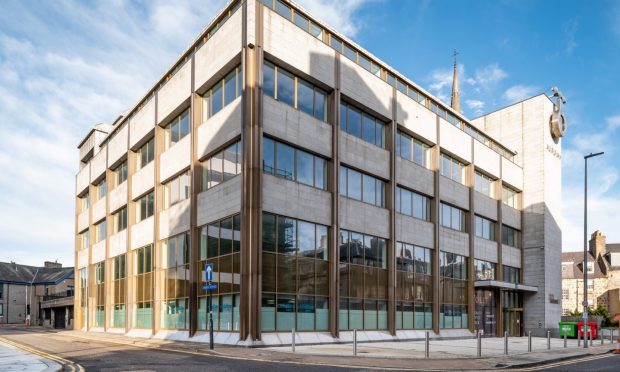Figures gained through the Freedom of Information Act have shown 198 “notable incidents” were reported by police control room and service centre staff between April 25, 2016 and February 1 this year.
Of those 48, or 25%, were because the incorrect address had been assigned to the incident.
Notable incidents are defined as those where the effectiveness of the division is likely to have a “significant impact” on the reputation of the police and where lessons could be learnt from the way it was dealt with.
Call centre closures have come under increased scrutiny after a tragedy on the M9 in 2015, where John Yuill and Lamara Bell were left stranded in their wrecked car – despite the crash being reported to the police three days earlier.
And repeated concerns have been made by north-east residents and politicians about the impact the closure of the Aberdeen centre will have on the vast region.
A breakdown of the 198 incidents recorded at the call centres in Scotland shows that 70 followed the incorrect process, in ten cases no incident was created and in six incorrect advice was given to the caller.
However total of 21 were recorded as “positive”.
Last night Assistant Chief Constable, John Hawkins, said: “The notable incident process is fully supported and well-used by our excellent, committed staff who around the clock perform a key role in our frontline response. 99.99% of calls are handled without the need for a notable incident to be created.
“We strive to make our response the best it can be and that is why it’s vitally important we get it right and learn from any issues which do arise.
“Fostering a culture where staff feel able to highlight areas for improvement is key to that.
“The notable incident process was introduced following the assurance review into call-handling and as the result of specific recommendation made my HMICS.”
However Peter Chapman, Conservative MSP for the north-east, said the figures appeared alarming.
He said: “These are shocking statistics which appear to confirm the fears that were raised about the centralisation of police control rooms under the SNP.
“In emergency situations, mistakes can cost lives. These figures would suggest that the force has a lot of work to do to ensure that officers are getting to crime or accident scenes as quickly as possible at all times.
“I’m sure many people across the north-east will share my concern that the closure of the control room in Aberdeen could lead to further problems.
“We must have full transparency from Police Scotland, while the Scottish Government must ensure that the highest possible standards are maintained.”
